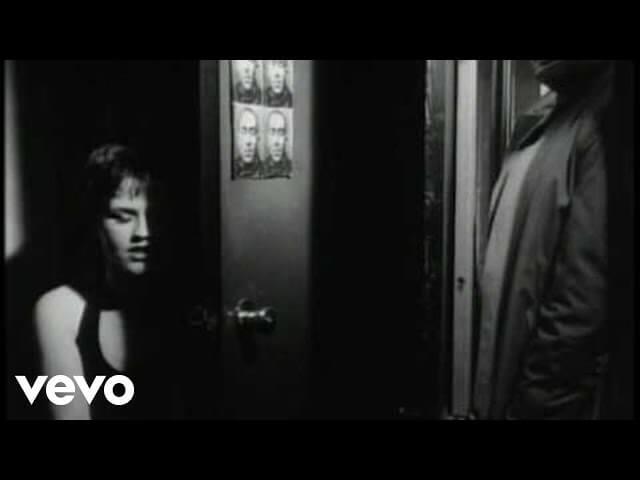The Cranberries made us such a fool for CDs

In Hear This, A.V. Club writers sing the praises of songs they know well—some inspired by a weekly theme and some not, but always songs worth hearing. This week, we’re picking from 1994’s most popular cuts.
More than a decade after the rest of the world moved on, I still can’t give up on the compact disc. I know it’s a stupidly fragile object of negligible aesthetic value. I know there are other formats out their with better portability and better sound quality. And yet, to this day, I hang on to one custom-built shelf full of these rapidly obsolete circles because a) I first came to love pop music on CD, and b) some dumb part of my brain likes the look of jewel case spines arranged neatly in a row. The size of the collection dwindles whenever I move or whenever I realize I’ve accumulated another dozen promo CDs (but never listened to them), yet the bulk of the CDs sticks around, easily scratched reminders of songs that first caught my ears from little black boomboxes, car stereos, and a variety of short-lived Discmans (and Discman-like products. Portable CD players were a sham, kids).
The Cranberries’ Everybody Else Is Doing It, So Why Can’t We? isn’t among those CDs, but it might as well be. The Irish quartet’s debut album is one of the quintessential documents of the CD era, a quintuple-platinum seller that seemingly anyone with ears owned at one point during the mid-’90s. And the odds are even that they purchased Everybody Else Is Doing It, So Why Can’t We? because of the LP’s pair of hits, “Dreams” and “Linger.” Glossy variations on college-rock sounds (producer Stephen Street clearly let his work with The Smiths influence the peal-and-jangle guitars of “Linger”), both songs boast big choruses showcasing the yearning brogue of frontwoman Dolores O’Riordan. Yet it feels disingenuous to refer to either song as a “single”: Part of the nefarious pull of the CD involved its detonation of the singles market, as radio and MTV plays for a song like “Linger” drove the majority of consumers to purchase Everybody Else Is Doing It, So Why Can’t We? as a whole—because who would buy a CD, a format with untold storage capacity, with only two or three tracks on it?
At the time, bands staked entire careers on the staying power enabled by CD sales: The same year “Linger” nabbed the No. 49 spot on Billboard’s year-end chart, Hootie And The Blowfish released Cracked Rear View. The following year, the album would top the Billboard album charts five separate times (a number that, not coincidentally, is the same as the number of singles produced by Cracked Rear View). “Linger,” originally released in February 1993, was reissued in October of that year, but went on to see its greatest level of success in 1994. As such, the song comes to represent not only the dull pain of a love that won’t go away, but also its own persistence and that of the CD it came from. A track like “Linger” and a CD like Everybody Else Is Doing It, So Why Can’t We? could live a remarkably long life in 1994, endowing compact discs as a whole with a deathlessness they never truly earned. (By the time “Linger” showed up on that Billboard year-end chart, The Cranberries had released No Need To Argue, featuring the band’s signature piece of protest rock, “Zombie.”) Do we have to, do we have to, do we have to let them linger? Probably not, but they look so great lined up like that.